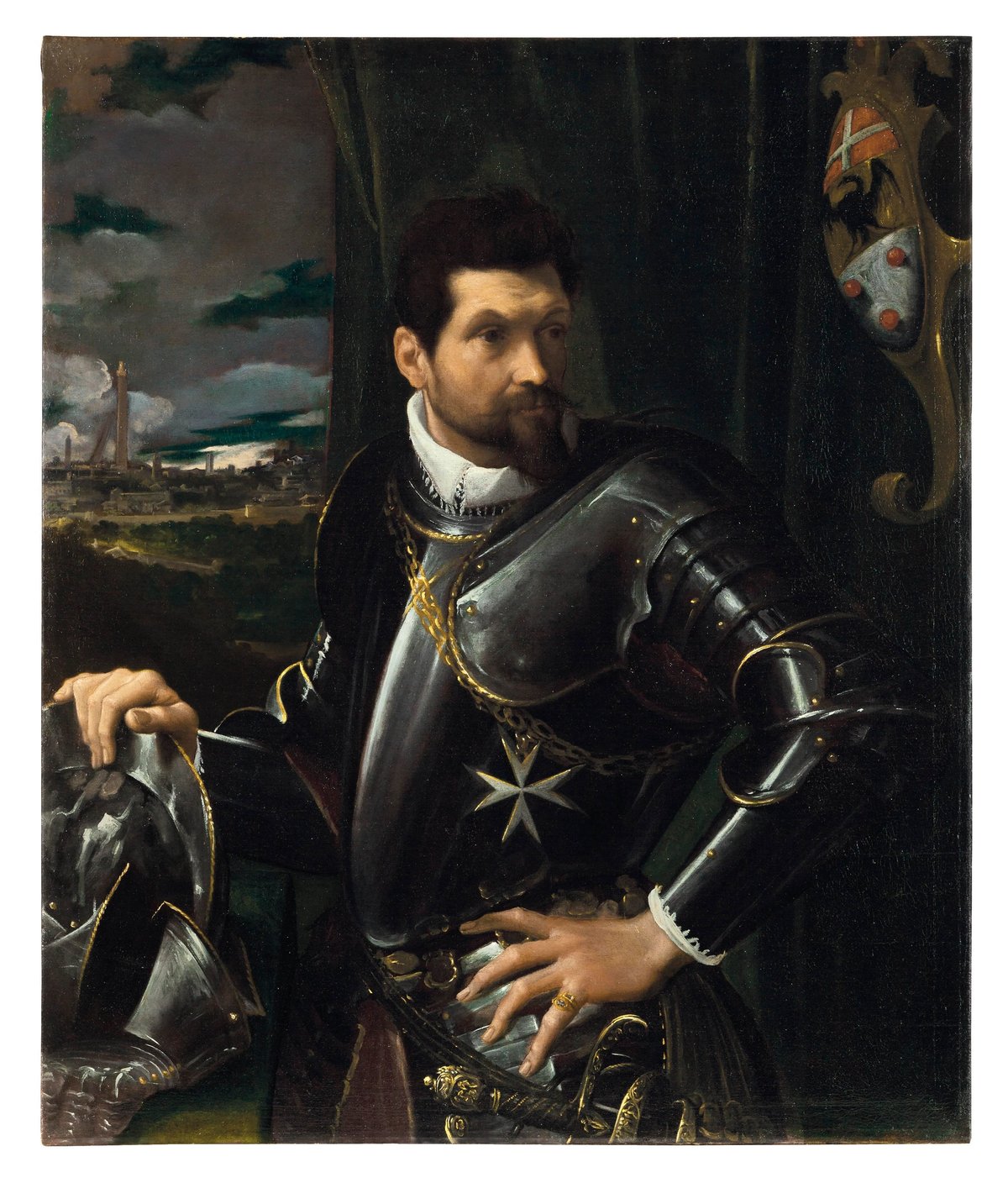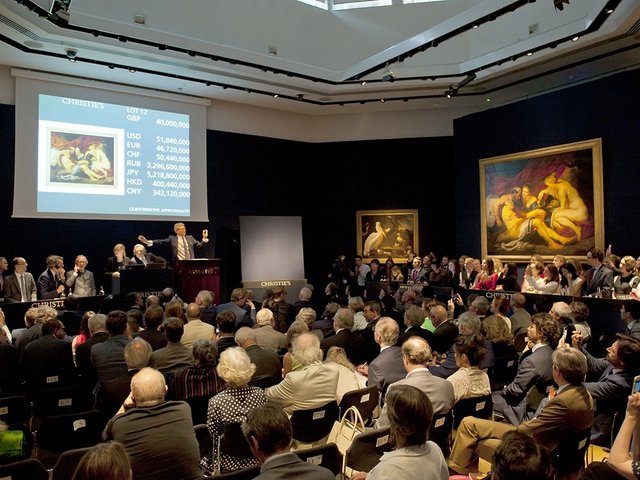A swagger portrait by the Bolognese painter Ludovico Carracci, Portrait of Carlo Alberto Rati Opizzoni in armour, came out on top at £4.3m (£5m with fees) during Christie’s Old Master evening sale last night, which totalled £25.8m (£31.1m with fees) .
The bottom line was dented by some top-billed lots failing to sell, such as the much-publicised Rubens portrait of his daughter Clara Serena (est £3m-£5m), Zanobi Strozzi’s 15th century Last Judgement (set £2m-£4m) and Anthony van Dyck’s double portrait of the glamorous Cheeke sisters (set £2m-£4m).
So, with 74% sold by lot, the auction did not meet the pre-sale estimate of £28.9m to £47.8m, and came in £10m behind Sotheby’s £35.2m (£42.6m with fees) sale the night before.Compared to the 14 lots shored up by third party irrevocable bids at Sotheby’s, Christie’s had only five guarantees (two third party and three in-house).
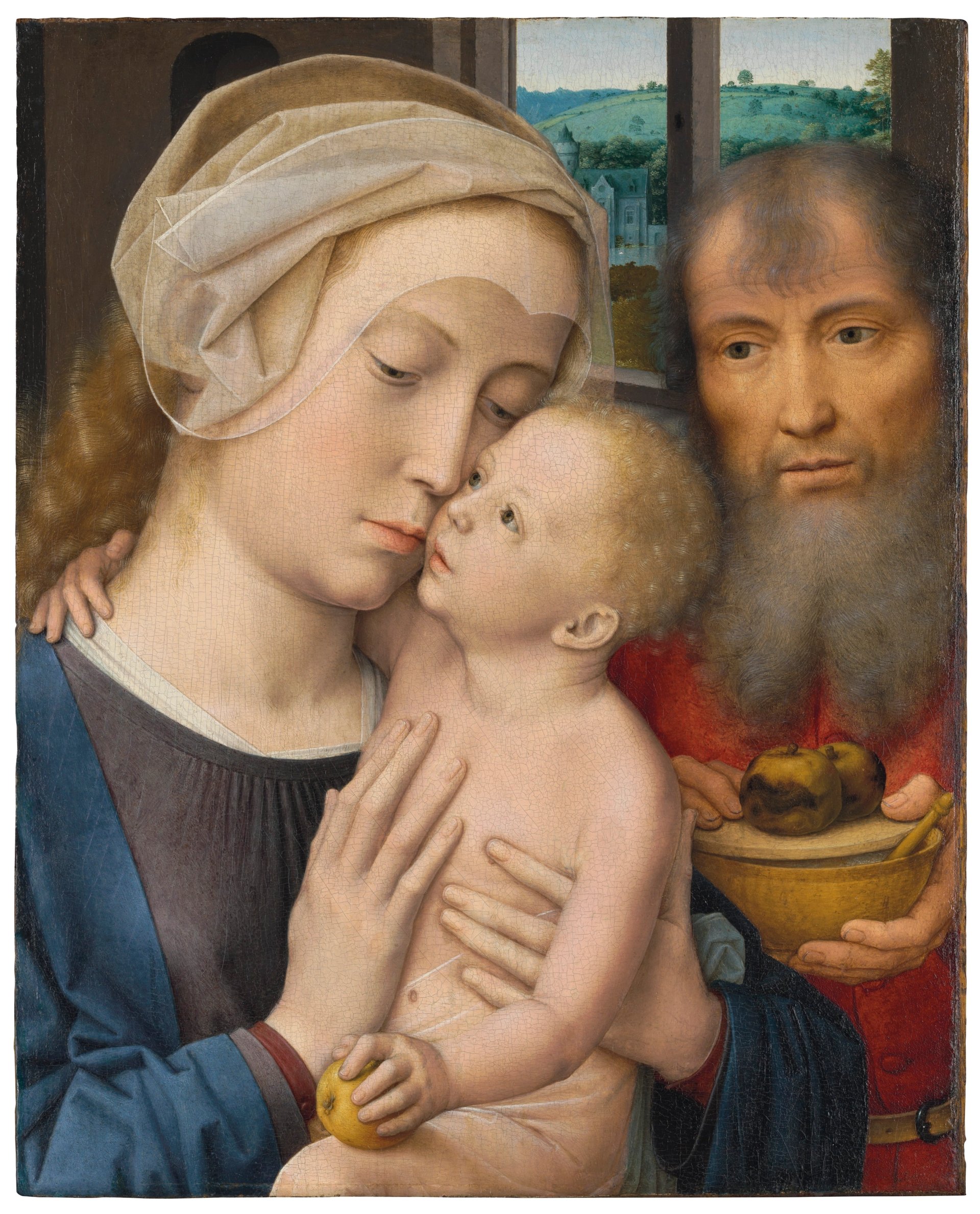
Gerard David's The Holy Family set a new record for the artist at £4.1m (£4.8m with fees) Christie's
Clementine Sinclair, the head of Christie’s Old Master paintings evening sale, described it as “a buoyant sale, with works that were fresh to the market sparking competitive bidding” adding that there were “bidders from 26 countries…including notable participation from Russia and Asia”.
Reflecting, perhaps, an “appetite for rare Netherlandish works in excellent condition” according to Sinclair, Gerard David’s crystalline The Holy Family (around 1515-23) set a new record for the artist at £4.1m (£4.8m with fees). This intimate painting was subject to around ten minutes of bidding as the auctioneer Jussi Pylkkänen teased out phone bids. It eventually sold to Christie’s EMERI chairman, Paul Raison, above a £1.5m to £2.5m estimate. The London-based dealer Stephen Ongpin describes it as “rare, beautiful and in lovely condition”.
Carracci’s posturing military portrait, all gleaming armour and power pose, had last sold at Sotheby’s in New York in 2005 for £1.8m (with fees) when estimate at a mere £80,000-£120,000. This time the painting (dating to around 1597-1600) made the second highest price at auction—£4.3m (£5m with fees) —for an artist who, though well-known in collector circles, is far from a household name. Though often overshadowed by his better-known cousin, Annibale Carracci, in this dashing portrait, Ludovico (who ran the Carracci school in Bologna workshop) shows off his skill.
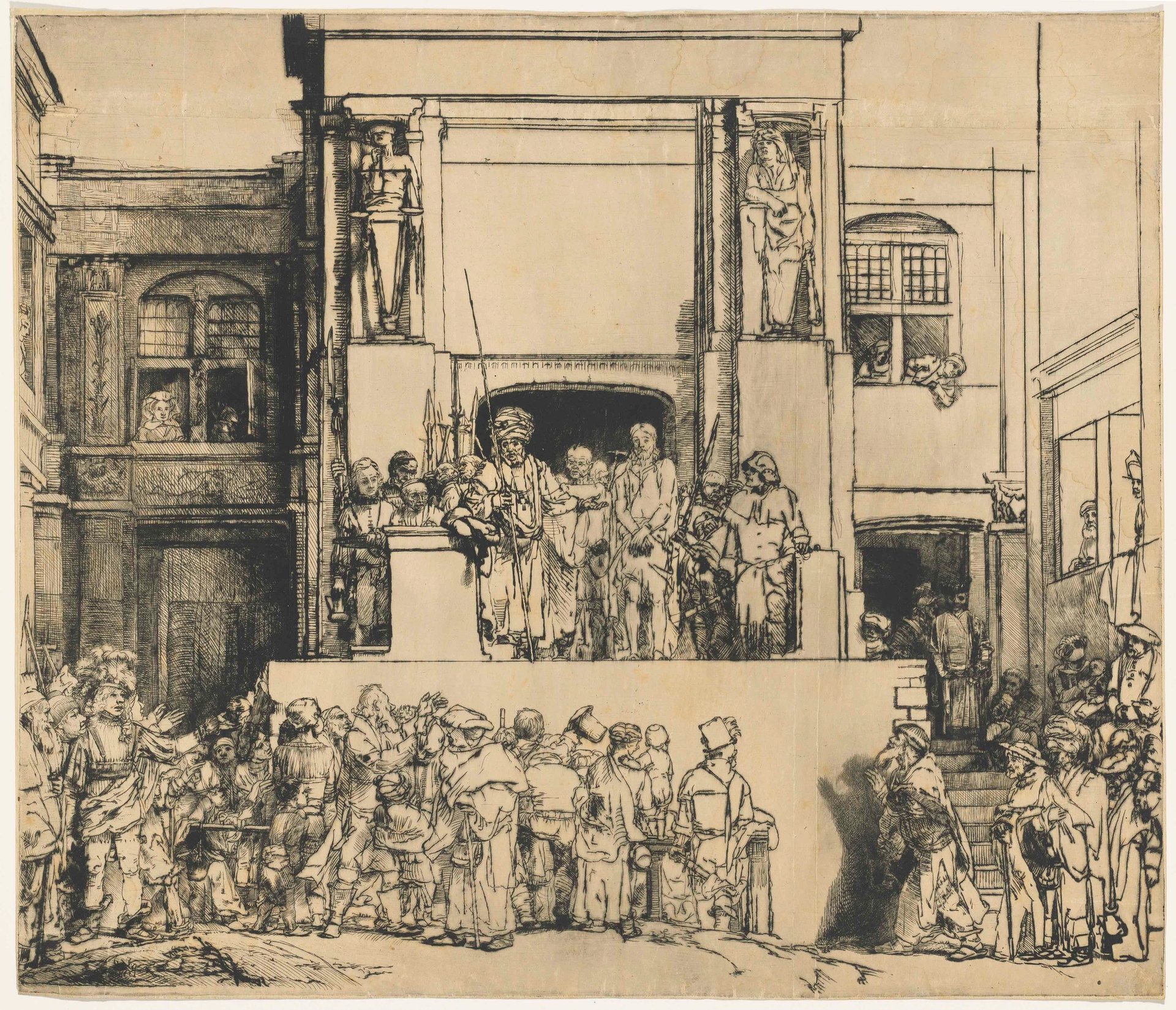
Rembrandt's Christ presented to the people ('Ecce Homo', 1655), sold for £2.2m (£2.6m with fees) Christie's
A successful anomaly in a painting sale was the much-publicised Rembrandt drypoint print, Christ presented to the people (‘Ecce Homo’, 1655), the last example known in private hands, which sold for £2.2m (£2.6m with fees, est £2.2m-£3.5m). It came from the collection of the late Samuel Josefowitz, a well-known Old Master print collector. Ongpin says: “It was one of the two great works on paper on offer this week, along with Sotheby’s Turner watercolour. Putting the Rembrandt in a paintings sale was a clever idea; people are used to buying at this level.” The print sold on the phone with Jennifer Wright, Christie’s client relationship director in New York who, Ongpin says, “often bids for Leon Black and Tom Kaplan, who has the Leiden Collection and is a major collector of Rembrandt. He would be a likely candidate to buy it”.
The failure to sell of Portrait of Clara Serena, the Artist’s daughter by Rubens, a pretty, loosely painted informal work with an estimate of £3m to £5m, raised eyebrows and may have something to do with its recent history. Deaccessioned by the Metropolitan Museum of Art in 2013 when it was considered to be by a follower of Rubens, it was sold at Sotheby’s in New York in 2013 for $626,500 (with fees) with an estimate of just $20,000-$30,000. It has since been restored and reattributed to Rubens, and included in the Rubenhuis’s 2015 exhibition, Rubens in Private. But, Ongpin says: “ One would imagine there may have been some talking it down by the Met and Sotheby’s, which might have put some collectors off. I do think it’s right [by Rubens], but there are some still who have doubts.”
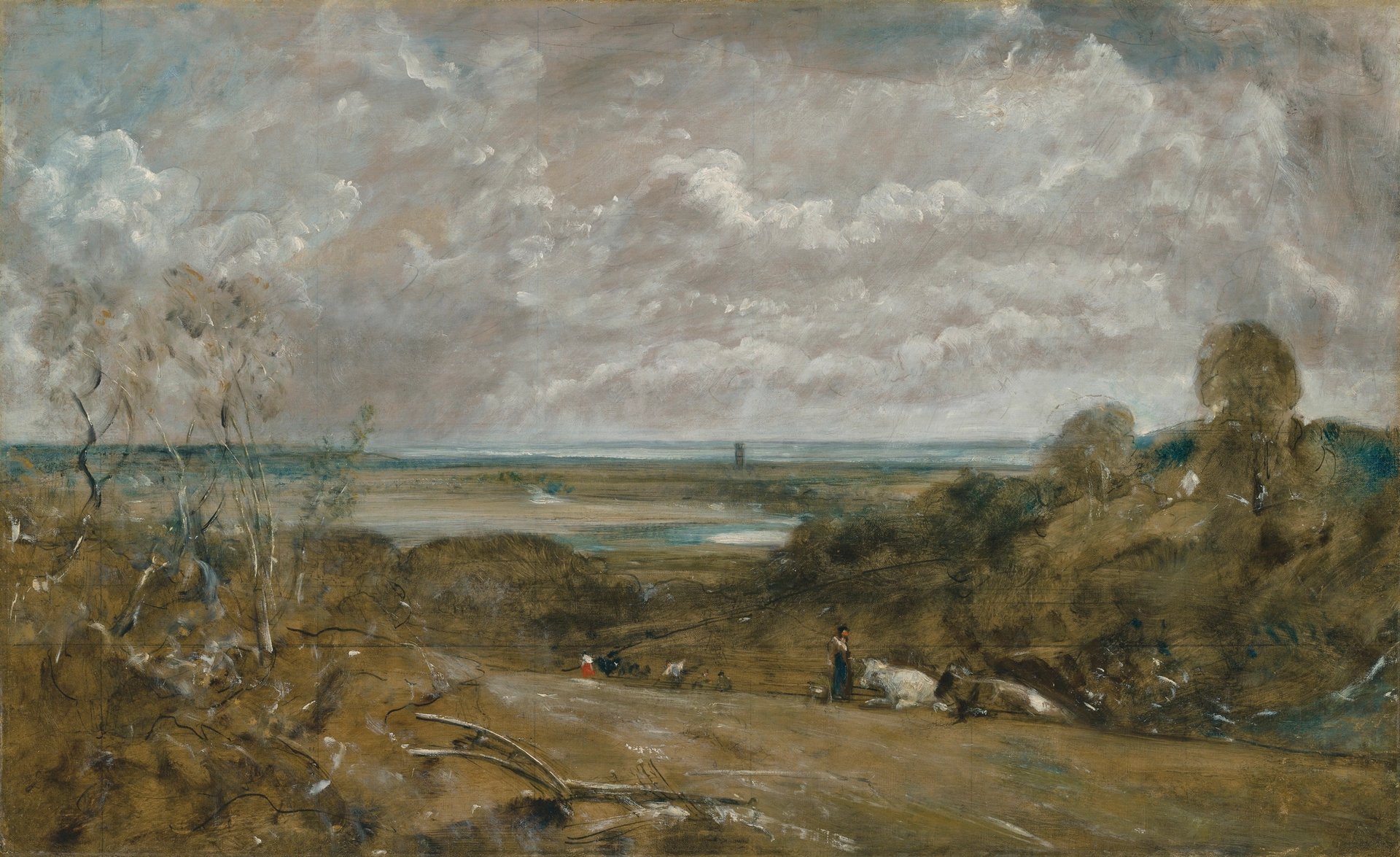
John Constable's Dedham from Langham (late 1820s), which sold for £850,000 (£1.1m with fees) Christie's
Elsewhere in the sale there were some good prices for British pictures, such as a beautiful, deftly painted oil sketch by John Constable, Dedham from Langham, from the late 1820s which sold for £850,000 (£1.1m with fees, est £400,000-£600,000). William Dobson’s steely portrait of a gentleman, traditionally identified as Lucius Carey, 2nd Viscount Falkland (around1610-1643), also sold well, for £360,000 (£440,750 with fees, est. £100,000-£150,000).
But it was a sculpture that made the top price of the day. Just before the evening paintings auction, during the Exceptional sale, a flamboyant bronze group of Hercules Overcoming Acheloüs (1640-50) by the Florentine sculptor Ferdinando Tacca, sold for £5.8m (£6.7m with fees, est around £5m). The piece, which was a gift from Louis XIV to his son, the Grand Dauphin, in 1681, and remained in the Royal collection until the Revolution, made a new auction record for Tacca.
The price, says Donald Johnston, the international head of sculpture at Christie's, “is a reflection of the quality, condition and history of the bronze...there was international bidding from both private and trade clients.” The London dealer Andreas Pampoulides, of Lullo Pampoulides, says: “It’s an astonishing price for a Tacca. It’s an amazing piece, the ultimate bling decoration, but it’s not an academic work. Unlike the Giambologna's Mars which was meant to sell at Sotheby’s, we cannot say it changed the way sculpture was made.”
However, the other bronze in the sale from the Court of King Louis XIV of France—François Girardon’s rediscovered Louis XIV on Horseback, Paris (around 1690-99)—solicited no bidding. It was estimated at £7m to £10m. “The sale has been in the offing for around ten years. I think the owner was just too ambitious with the estimate”, Pampoulides says. “It’s the best of the best in terms of quality but it is quite a standard image”. Johnston says the work’s importance “remains unquestioned” and the estimate “recognised the significance, rarity and historic provenance of this masterpiece. There were a number of interested parties ahead of the auction and there has already been after sale interest.”


